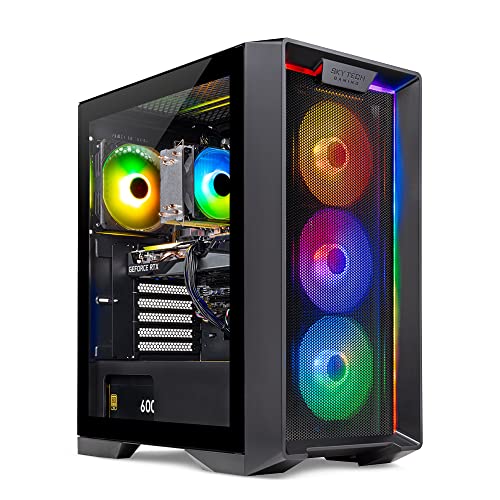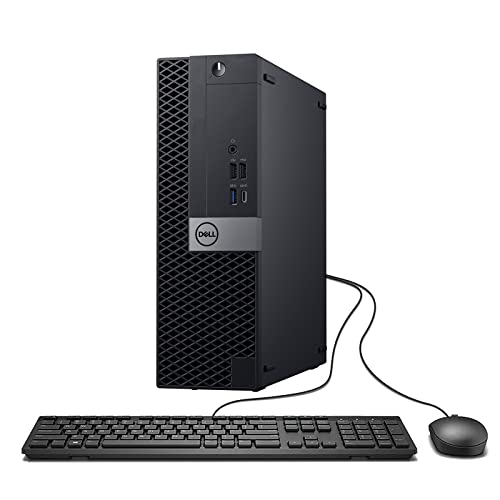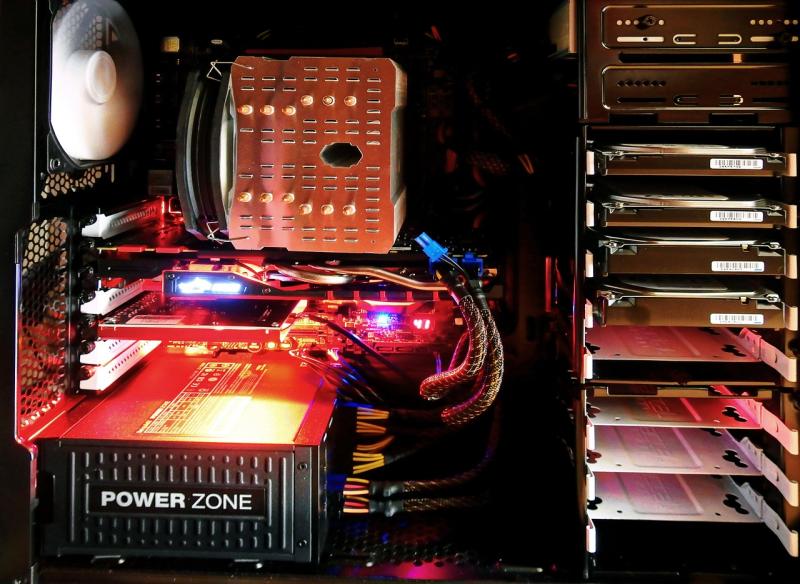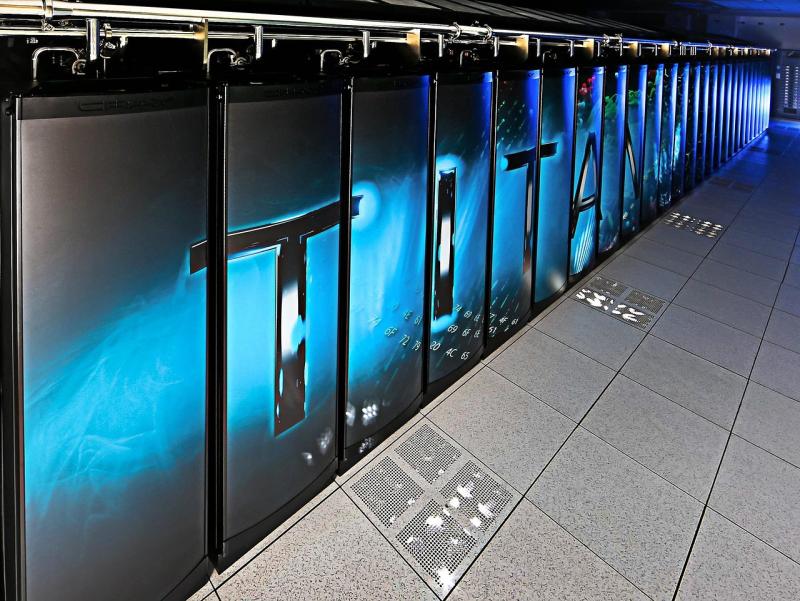Driver management is a crucial yet often overlooked aspect of maintaining long‑term component longevity in high‑performance PCs. Regularly updating hardware drivers ensures that components operate optimally, improves system stability, and extends the lifespan of your system’s critical hardware.
Use automated tools and Windows Update to keep drivers current. Periodically check manufacturer websites for the latest drivers for your GPU, chipset, and peripheral devices. Before installing new drivers, create system restore points to safeguard against potential compatibility issues. Monitor system performance and resolve conflicts using diagnostic tools.
While frequent updates can enhance performance, ensure that each update is thoroughly tested in your environment. Maintain a balance between staying current and avoiding the instability that may occasionally result from premature driver releases.
Effective driver management is key to ensuring long-term stability and performance of your high‑performance PC. With regular updates, careful testing, and proactive maintenance, your system will continue to operate reliably and extend its service life.
Ultimate Guide to Driver Management for High-Performance PCs
Driver management is essential for ensuring system stability, maximizing PC performance, and extending component longevity. This comprehensive guide walks you through best practices for driver updates, balancing updates and stability, proactive maintenance, and more.
Introduction
Effective driver management is the cornerstone of any high-performance PC. Whether you’re a gamer, a creative professional, or a system administrator, keeping hardware drivers up to date is critical for maintaining system stability and unlocking peak PC performance.
This guide dives deep into the strategies and best practices for managing drivers on Windows-based high-performance PCs. You’ll learn how to:
- Set up a regular update schedule for critical drivers
- Balance timely driver updates with overall system stability
- Conduct thorough compatibility testing before rolling out new drivers
- Adopt proactive maintenance to extend component longevity
- Leverage Windows Update and third-party tools for automated driver updates
By the end of this article, you’ll have a clear roadmap to managing drivers like a pro, ensuring your PC remains reliable, secure, and optimized for any task.
Implementing a Regular Update Schedule
One of the most critical aspects of driver management is timing. Patching too frequently can lead to instability, while waiting too long exposes your PC to security flaws and compatibility issues. A structured schedule ensures you stay current without breaking your setup.
1. Establish Your Baseline
Before you start any updates, know your PC’s baseline:
- List all installed hardware components (GPU, chipset, network cards, audio, etc.).
- Note current driver versions via Device Manager or a driver audit tool.
- Record your typical performance metrics (benchmarks, frame rates, load times).
2. Set a Cadence
Choose an update interval that fits your use case:
- Monthly: Ideal for most users. Align with Windows Patch Tuesday for synergy.
- Quarterly: Good for mission-critical systems where stability is paramount.
- On-Demand: For gaming rigs—only update GPU drivers when you install a new title or driver is WHQL-signed.
3. Create a Centralized Tracker
Use a spreadsheet or a dedicated tool to track driver versions and update dates. Include columns for:
- Hardware component
- Current driver version
- Latest available version
- Update status (Pending, Scheduled, Completed)
- Notes on performance or issues
4. Automate Notifications
To avoid manual checks, leverage built-in or third-party notifications:
- Windows Update: Toggle advanced settings to auto-download drivers.
- Manufacturer Tools: GPU vendors (NVIDIA GeForce Experience, AMD Adrenalin) notify you on new driver releases.
- Driver Management Software: Tools like Snappy Driver Installer can alert you to outdated drivers across your fleet of PCs.
5. Evaluate Impact
Before a full rollout, test updates on a single machine. Check for:
- Boot Stability: No BSOD or hangs during startup.
- Performance Gains: Improved hardware benchmark results.
- Regression Checks: Verify that key applications still function correctly.
Once you’ve confirmed there are no issues, proceed with updating all machines according to your schedule.
Balancing Updates and Stability
While regular updates keep you secure and performant, they can sometimes introduce instability. Striking the right balance is crucial, especially for production or gaming systems.
Critical vs. Optional Updates
Classify updates to decide your prioritization:
| Update Type | Priority | Recommended Action |
|---|---|---|
| Security Driver Patch | High | Deploy within 48 hours |
| WHQL-Signed GPU Driver (Game Release) | Medium | Test on one machine, then deploy |
| Beta or Experimental Drivers | Low | Only install if troubleshooting |
Rollback Strategies
Always be prepared to revert problematic updates. Windows offers several rollback mechanisms:
- Device Manager Rollback: Under Driver Properties → Roll Back Driver.
- System Restore Points: Create a restore point before installing major driver updates.
- Driver Package Archival: Keep the old driver .INF and .SYS files in a centrally accessible repository.
Controlled Deployment Models
- Canary Ring: 5–10% of machines receive updates first.
- Early Adopter Ring: Enthusiast or development PCs that can tolerate occasional instability.
- General Deployment Ring: Remaining machines after successful validation in previous rings.
Monitoring Post-Update Health
After updates, closely monitor for regressions by tracking:
- Crash Reports: Windows Reliability Monitor or third-party crash analytics.
- Performance Counters: GPU utilization, frame rates, disk I/O.
- Error Logs: Event Viewer → System and Application logs.
Automated scripts or monitoring agents can collect and alert you to deviations from baseline performance.
Compatibility Testing and Validation
Ensuring a new driver works with your specific hardware and software stack prevents disruptions. A robust compatibility testing process is key.
Develop a Test Matrix
Create a matrix that covers all permutations of:
- Operating Systems: Windows 10 (various builds), Windows 11, LTSC where relevant
- Hardware Models: GPU, motherboard chipsets, network cards, USB controllers
- Software Environments: Key applications, virtualization platforms, game engines
Test Scenarios
- Installation/Uninstallation: Clean installs and upgrades without errors.
- Functionality: Verify all hardware features (3D acceleration, audio surround, advanced network functions).
- Stress Testing: 48-hour soak tests under peak load (benchmarks, long gaming sessions).
- Regression Testing: Run critical workflows to ensure no new bugs.
- Edge Cases: Dual-monitor setups, multi-GPU configurations, RAID arrays, unusual peripherals.
Automation Tools
- Windows Hardware Lab Kit (HLK): Official certification suite for Windows drivers.
- Driver Verifier: Built-in stress and compliance checker in Windows.
- PowerShell Scripts: Automate driver installation, rollback, and system state snapshots.
- Third-Party Solutions: Device testing platforms like TestComplete or Ranorex for scripted workflows.
Documentation and Reporting
Maintain detailed records of each test run:
- Hardware/Software baseline
- Test results (pass/fail, performance metrics)
- Error logs and screenshots
- Rollback notes and final status
This documentation supports audits, certification processes, and knowledge sharing within your team.
Proactive Maintenance Techniques
Adopting a proactive maintenance approach ensures your system stays healthy and your hardware drivers remain in top shape, reducing unexpected failures.
Firmware and BIOS Updates
- Regularly check motherboard and peripheral firmware for critical security patches.
- Schedule updates during maintenance windows; always back up current firmware.
Periodic Driver Audits
- Quarterly scans for driver versions across all systems.
- Automate audit reports that flag out-of-date drivers and deviations from your baseline.
Special Pool and Driver Verifier
Enable Special Pool and other Driver Verifier options on test machines to catch memory corruption and high-IRQL issues before release.
Firmware Integrity Checks
Use hardware-based attestation or TPM modules to verify that firmware hasn’t been tampered with.
Component Longevity
Well-maintained drivers extend hardware life by:
- Preventing resource leaks and memory corruption
- Ensuring optimal fan curves and power management
- Maintaining stable overclock and performance profiles
Windows Update Best Practices
Windows Update remains a primary source for driver updates, especially for OEM-certified drivers. Follow these guidelines to leverage it effectively:
Enable Broad Update Coverage
In Windows Update → Advanced options, toggle on “Receive updates for other Microsoft products” to include driver updates.
Optional Updates Panel
Review the “Optional updates → Driver updates” section monthly to catch any missed drivers.
Group Policy for Enterprise
Computer Configuration → Administrative Templates → Windows Components → Windows Update → Do not include drivers with Windows Updatescan block unwanted drivers.Enable client-side targetingto direct specific driver updates to certain device OUs.
WSUS & SCCM Integration
If you manage on-premises with WSUS or SCCM:
- Use driver classification filters to sync only approved driver categories.
- Leverage deployment rings to pilot updates before broad rollout.
Top Driver Management Tools
Several tools exist to automate and simplify driver management. Here’s a comparison of popular solutions:
| Tool | Platform | Auto-Update | Rollback | Price |
|---|---|---|---|---|
| NVIDIA GeForce Experience | Windows | Yes | No | Free |
| AMD Adrenalin | Windows | Yes | No | Free |
| Snappy Driver Installer | Windows | Yes | Yes | Open Source |
| Driver Easy | Windows | Yes | Yes | Freemium |
| DriverPack Solution | Windows | Yes | No | Free |
When choosing a tool, consider:
- Compatibility with your hardware and OS
- Update Frequency and database size
- Support for rollback and backups
- Cost and licensing model
Conclusion
Driver management is a critical but often overlooked aspect of maintaining a high-performance PC. By implementing a structured regular update schedule, balancing timely driver updates with overall system stability, conducting thorough compatibility testing, and adopting proactive maintenance techniques, you can keep your hardware running smoothly, boost PC performance, and extend component longevity.
Whether you rely on Windows Update, OEM utilities, or third-party tools, the strategies outlined in this guide will help you navigate the complexities of driver management and maintain a rock-solid system. Start today by establishing your baseline, setting your cadence, and testing updates carefully. Your future self—and your PC—will thank you.
Happy tuning!







